Art & Exhibitions
Newly Discovered Treasures From the Ancient City of Teotihuacan Visit the US for the First Time
It's the first major US show featuring artifacts from the ancient Mexican city since 1993.

It's the first major US show featuring artifacts from the ancient Mexican city since 1993.

Sarah Cascone

One of the most significant archaeological sites in the world will take center stage at the Fine Arts Museums of San Francisco (FAMSF) this fall with the de Young Museum’s “Teotihuacan: City of Water, City of Fire.”
“In this groundbreaking exhibition, an abundance of recent archaeological discoveries will offer visitors to the de Young insight into the life of the ancient city and reveal the astounding size and significance of the Teotihuacan murals in our own collection,” said FAMSF director and CEO Max Hollein in a statement. The mural fragments in the museum collection will be reunited with others excavated from the same compound.

View of the Sun Pyramid looking east. At 63 meters tall, the Sun Pyramid was one of the largest and tallest structures in the Western Hemisphere until the development of the skyscraper in the 19th century. Photograph by Jorge Pérez de Lara Elías, © INAH. Image courtesy of the Fine Arts Museums of San Francisco.
Billed as the US’s first significant exhibition on Teotihuacan in over 20 years—the last was 1993’s “Teotihuacan: Art from the City of the Gods,” also at the de Young—it will feature over 200 artifacts and artworks from the site, with loans from major collections in Mexico as well as recently excavated objects. Many of the works included have never been shown in the US before. There will be ceramics, monumental sculptures, and ritual objects.
Founded in the first century BC, Teotihuacan was the most important city in ancient Mesoamerica, reaching its height in the year 400, when it was home to some 100,000 people. It is located some 25 miles outside what is today Mexico City, near a set of natural springs in the Valley of Mexico. Spread across close to eight square miles, the city was home to massive pyramids, the three largest of which were the Feathered Serpent Pyramid, the Moon Pyramid, and the Sun Pyramid.

Mask, (300–600). Photo © Dumbarton Oaks, Pre-Columbian Collection, Washington, DC. Image courtesy of the Fine Arts Museums of San Francisco.
The exhibition is curated by Matthew H. Robb, who was named chief curator of the Fowler Museum at UCLA last year. Previously, he was the de Young’s curator of the arts of the Americas. An expert in Teotihuacan, Robb has studied extensively the de Young’s murals from the ancient city and compiled a database of stone masks discovered there. His 2007 thesis on Teotihuacan, written for his Ph.D. at Yale University in Connecticut, was awarded the Frances Blanshard Fellowship Fund Prize for an Outstanding Dissertation in the History of Art.
“This exhibition will present a visual history of Teotihuacan in 200 remarkable objects, and it will also explore topical themes of urbanism,” said Robb in a statement. “It is an opportunity to anchor these objects on the map of the site to understand how art held communities together in a large, complex, cosmopolitan city—valuable lessons for all of us to learn.”
Largely abandoned following a devastating sixth-century fire, Teotihuacan is today a UNESCO World Heritage Site, visited by 1.9 million tourists each year.
See more photographs of Teotihuacan and its artifacts below.

Mural fragment (feathered feline), (500–550). Image courtesy of the Fine Arts Museums of San Francisco.

Photograph by Jorge Pérez de Lara Elías, © INAH. Image courtesy of Image courtesy of the Fine Arts Museums of San Francisco.
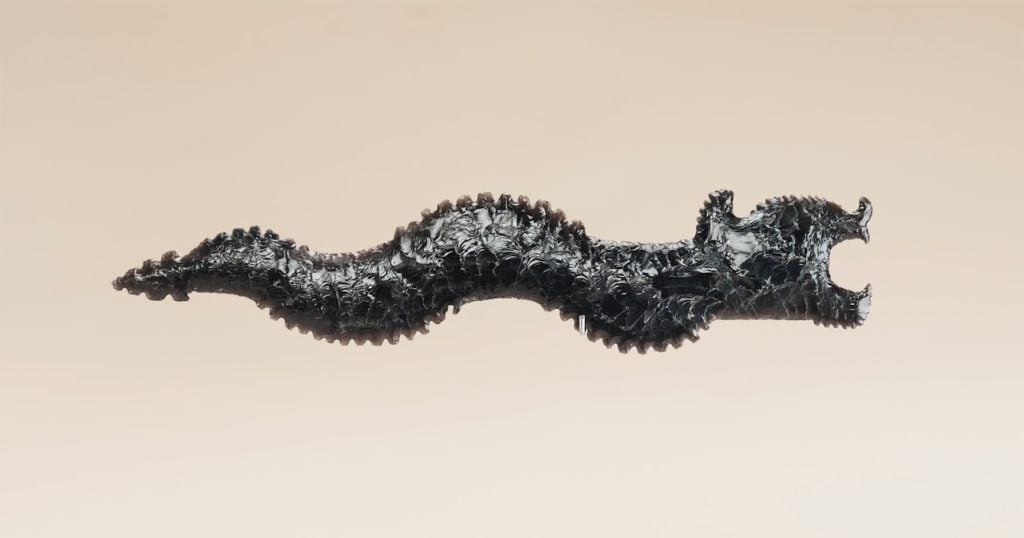
Eccentric (200-250), photograph by Jorge Pérez de Lara Elías, © INAH. Image courtesy of the Fine Arts Museums of San Francisco.
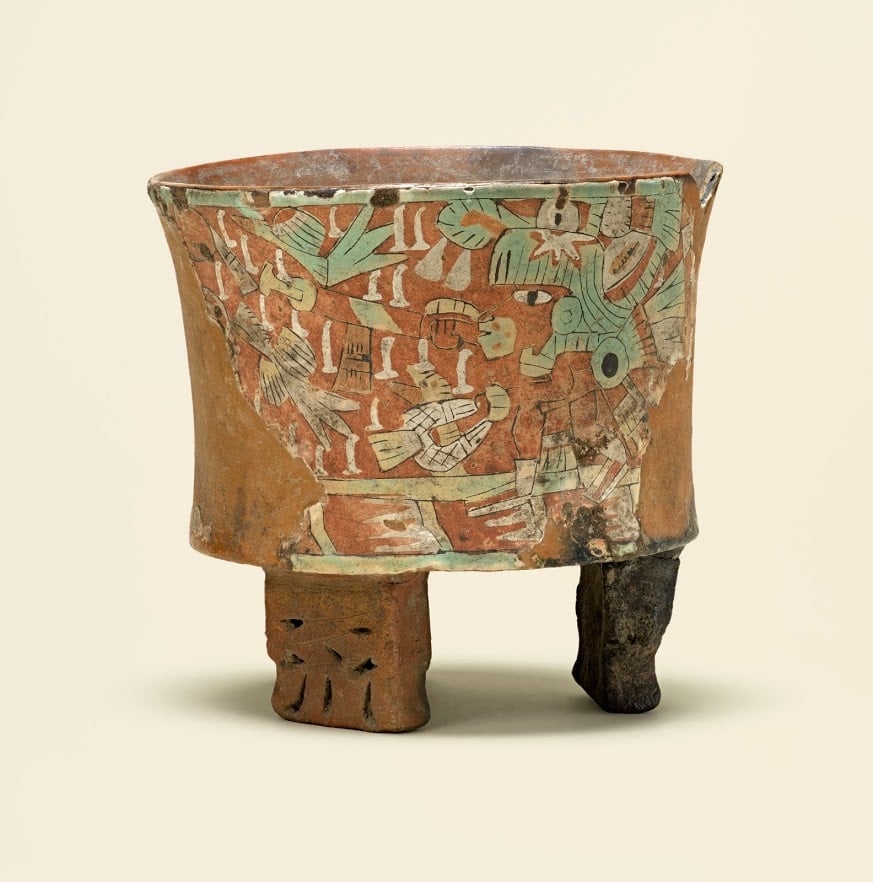
Tripod vessel with blowgunner, (450–550). Photo © Museum Associates / LACMA. Image courtesy of the Fine Arts Museums of San Francisco.
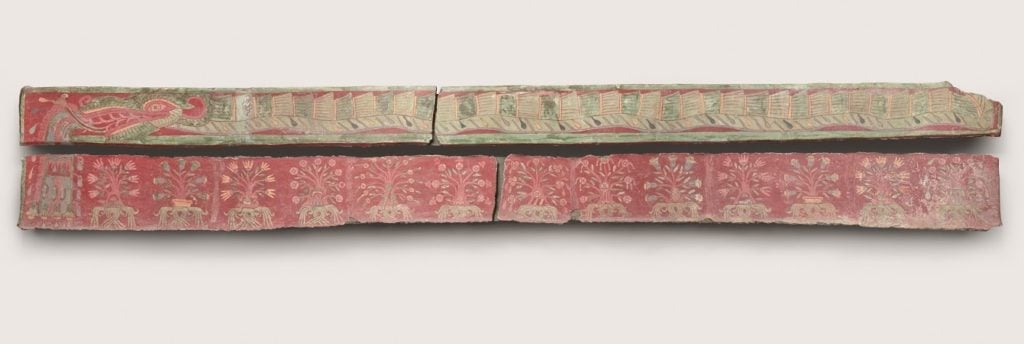
Feathered Serpents and Flowering Trees mural, (500–550). Image courtesy of the Fine Arts Museums of San Francisco.
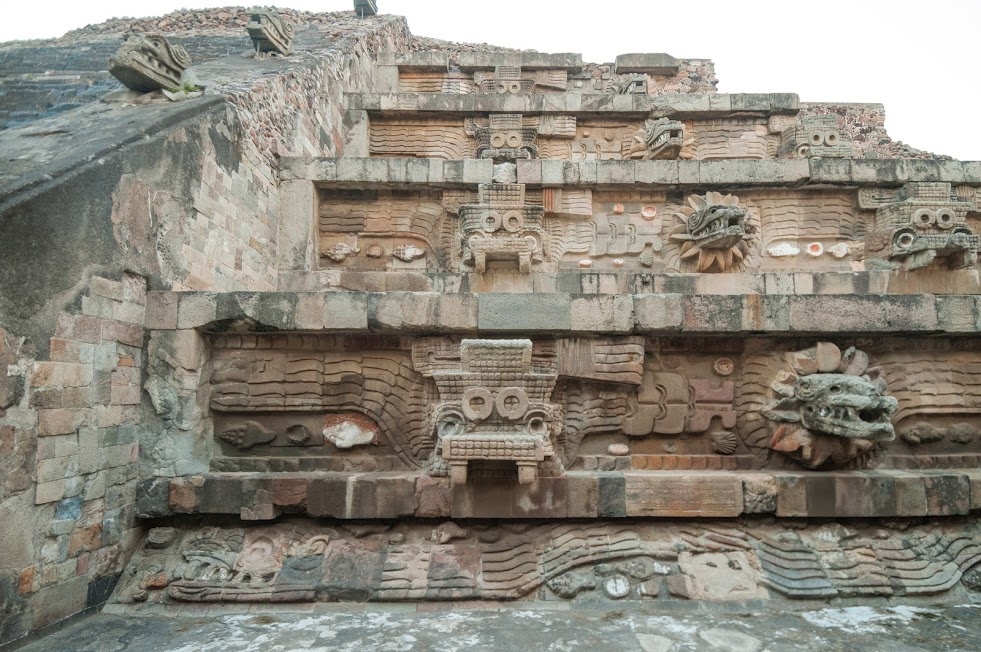
View of the facade of the Feathered Serpent Pyramid, photograph by Jorge Pérez de Lara Elías, © INAH. Image courtesy of the Fine Arts Museums of San Francisco.
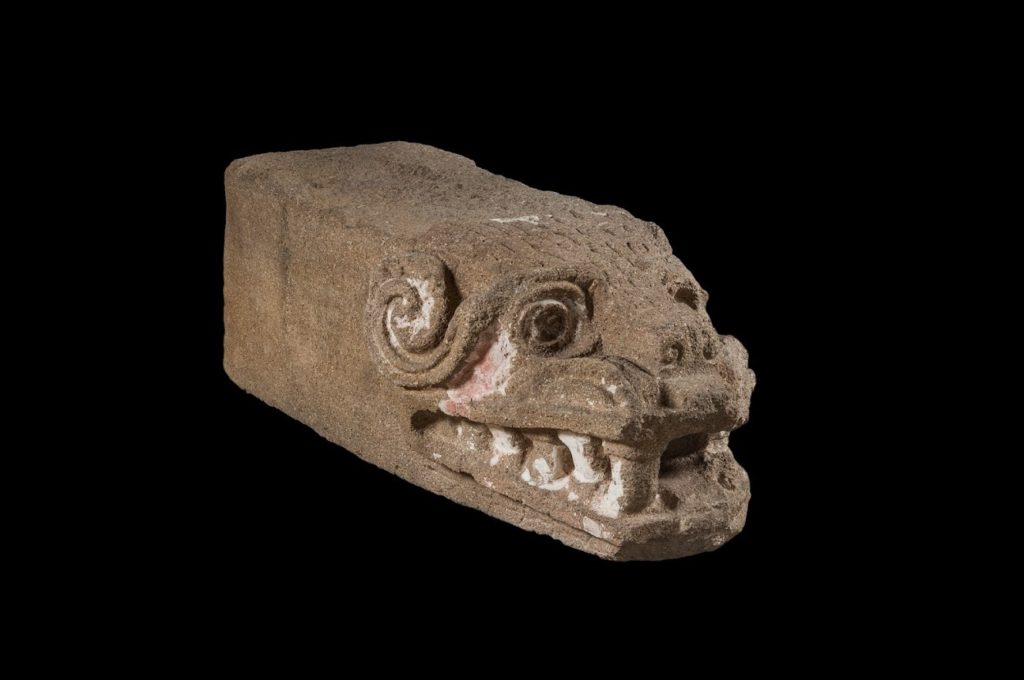
Feathered Serpent head, (200–250). Photograph by Jorge Pérez de Lara Elías, © INAH. Image courtesy of the Fine Arts Museums of San Francisco.

Standing figure, (200–250). Photograph by Jorge Pérez de Lara Elías, © INAH. Image courtesy of the Fine Arts Museums of San Francisco.
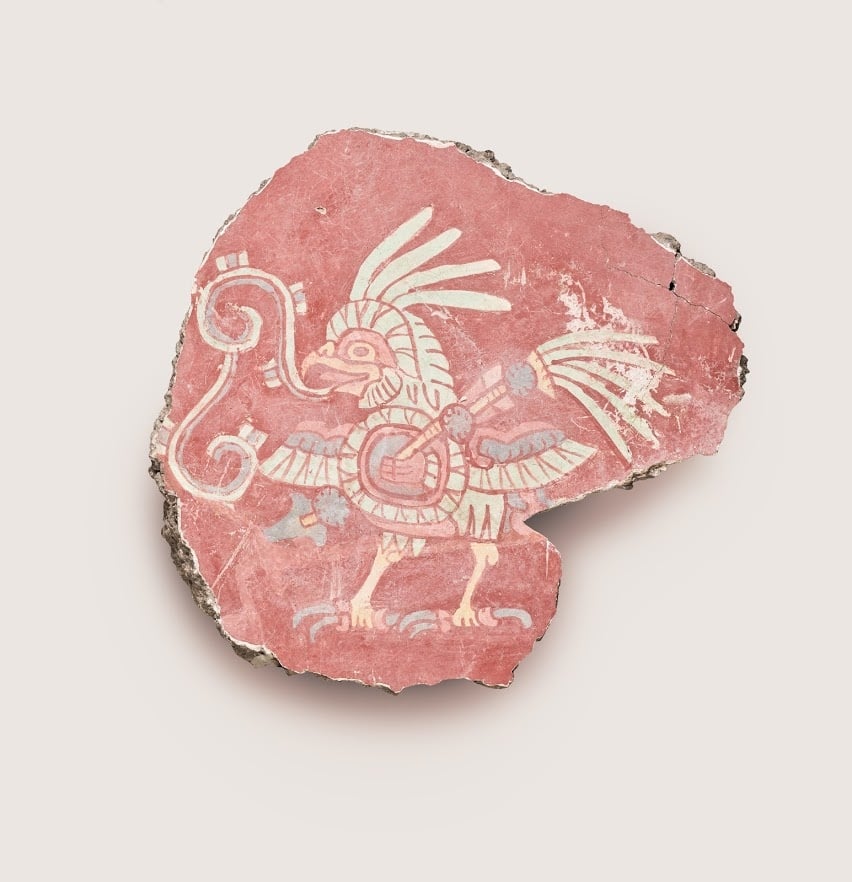
Mural fragment (bird with shield and spear), (500–550). Image courtesy of the Fine Arts Museums of San Francisco.
“Teotihuacan: City of Water, City of Fire” will be on view at the de Young Museum, Golden Gate Park, 50 Hagiwara Tea Garden Drive, San Francisco, September 30, 2017–February 11, 2018; and the Los Angeles County Museum of Art (LACMA), 5905 Wilshire Boulevard, Los Angeles, from March 25–July 15, 2018.